As you may know, last month SAG-AFTRA members ratified the new successor agreements for the Theatrical Agreement and the Television Agreement. These collective bargaining agreements (CBAs) cover stand-ins’ work in feature films and dramatic television, respectively. Most union stand-ins tend to work under these contracts.
Under these new agreements, there were some large pay adjustments when stand-ins and photo doubles find themselves in specific situations on set. SAG-AFTRA published rate sheets showing these pay adjustments, but how SAG-AFTRA described them was vague and misleading.
To guard against confusion, with this post, Stand-In Central aims to explain these new stand-in and photo double pay adjustments listed on the rate sheets, so you understand in what situations they are triggered — so you know when they apply to you … but also when they don’t!
The Wage Tables to Examine
SAG-AFTRA publishes “wage tables” (i.e, “rate sheets”) which aim to summarize many of the minimum pay rates for various job classes under its CBAs. The Union posts them on its website under tabs titled “Rate Sheet & Digest,” under both its Theatrical and Television – Live Action contract sections.
We have uploaded to Stand-In Central the current versions of the Theatrical wage tables here and the Television wage tables here.
The Confusing Parts
It should be noted that under the Theatrical Agreement and the Television Agreement, stand-ins are a type of background actor. Generally speaking, if something applies to background actors, that same condition applies to stand-ins.
Theatrical Agreement
Near the middle of page 1 of the SAG-AFTRA Theatrical Wage Table is the section titled “Background Actors.” It lists the base rates for background actors over the next few years the Theatrical Agreement covers.
There is also a new line which reads, “Photographic Doubling Adjustment.” For each period of the CBA, this rate is listed as $150.
The wage table does not explain for what exact purpose this adjustment is.
Near the bottom of page 1 is the section titled “Stand-Ins / Photo Doubles.” It lists the base rates for stand-ins and photo doubles over the next few years the Theatrical Agreement covers.
There is also a new line which reads, “Stand-in as Rehearsal Actor Adjustment.” For each period of the CBA, this rate is listed as $150.
The wage table does not explain for what exact purpose this adjustment is.
Television Agreement
Similarly, on page 5 of the SAG-AFTRA Television Agreement Wage Tables are sections titled “Background Actors” and “Stand-Ins / Photo Doubles,” listing the base rates respectively for background actors and stand-ins and photo doubles over the next few years the Television Agreement covers. It also does this on page 11, albeit with slightly higher minimum rates, given that some television jobs pay a little more depending how old the production may be.
Similar to in the Theatrical Agreement, under each respective section are certain adjustments listed.
Under “Background Actors,” there is a new line which reads, “Photographic Doubling Adjustment.” For each period of the CBA, this rate is listed as $150.
The wage table does not explain for what exact purpose this adjustment is.
Under “Stand-Ins / Photo Doubles,” there is also a new line which reads, “Stand-in as Rehearsal Actor Adjustment.” For each period of the CBA, this rate is listed as $150.
The wage table does not explain for what exact purpose this adjustment is.
What Are These $150 Adjustments?
Photographic Doubling Adjustment for Background Actors
The vague description under the Background Actors rate of “Photographic Doubling Adjustment for Background Actors” would lead an honest background actor to believe s/he would be getting an additional $150 added to his/her base pay — and a sizable hourly wage increase — if these words are taken at face value.
Unfortunately, SAG-AFTRA’s vague wording is super problematic, because that pay raise is an unlikely outcome.
Under the successor agreements for the Theatrical and Television Agreements, SAG-AFTRA agreed to increase the amount paid to background actors doing photo doubling under certain circumstances. The final language of the successor agreements has not been published, but the draft memorandum of agreement (draft MOA) reads:
When a Producer requires a background actor to do photographic doubling and to memorize and deliver scripted dialogue on camera, the background actor shall be paid an adjustment of an additional one hundred fifty dollars ($150.00) for that day.
So, if a production hires a background actor to do photographic doubling, that fact alone does not trigger a $150 adjustment to the background actor’s base pay — despite the wage tables’ saying “Photographic Doubling Adjustment for Background Actors.”
Rather, the production must require the “photo double” to memorize and deliver scripted dialogue on camera. In such an event, the background actor (generally now considered a “photo double”) gets a $150 adjustment on base pay. That also means that person’s hourly rate went up by about $18.75/hour.
SAG-AFTRA should reword its wage tables to avoid unnecessary confusion on what adjustment, if any, background actors should receive when doing photographic doubling.
Stand-in as Rehearsal Actor Adjustment
SAG-AFTRA’s vaguely worded “Stand-in as Rehearsal Actor Adjustment” implies on its face a stand-in participating in rehearsals is due a $150 adjustment, similarly increasing the stand-in’s hourly rate by $18.75/hour in such an event.
Again, unfortunately, SAG-AFTRA’s vague wording leads to unnecessary disappointment.
Under the successor agreements for the Theatrical and Television Agreements, SAG-AFTRA agreed to increase the amount paid to stand-ins involved in rehearsals under certain circumstances. As mentioned above, the final language of the successor agreements has not been published, but the draft MOA reads:
A stand-in engaged on a one-half hour multi-camera series who is required by the Producer to rehearse and/or perform (whether on or off-book) in the role of a cast member with other cast members during any run-through (e.g., a Producer run-through or network run-through but not a table read) shall receive an adjustment of an additional $150.00 for that day.
Here, one of the key situations is that the stand-in has to be on a “one-half hour multi-camera series.” In short, this is your standard sitcom that has a live studio audience. If a stand-in is not working on one of these types of shows, this “Rehearsal Actor Adjustment” does not apply. So, working on., say, Law & Order: SVU and participating in rehearsals and reading lines during those rehearsals does not qualify that stand-in for the $150 “Rehearsal Actor Adjustment.” (Sorry!)
In addition, the production must require the stand-in to “rehearse and/or perform” basically in place of another cast member — but when other cast members are present in the run-through. A table read does not apply. It does not matter whether the stand-in is on- or off-book. In either case, meeting all of the requirements, the stand-in is due a $150 adjustment, meaning a $18.75/hour increase in base pay.
What is (pardon) stupid about SAG-AFTRA’s wage table for the Theatrical Agreement is that this CBA does not cover television productions, so no stand-in working under it will find him/herself eligible for the “Stand-In as Rehearsal Actor Adjustment,” because no stand-in under the Theatrical Agreement will be “engaged on a one-half hour multi-camera series.” Those jobs are Television Agreement jobs!
SAG-AFTRA should reword its wage tables to avoid unnecessary confusion on where and when stand-ins should rehearsal pay. Furthermore, SAG-AFTRA should remove the “Stand-In as Rehearsal Actor Adjustment” from the wage tables for the Theatrical Agreement.
Criticism of These $150 Adjustments
On the face of it, these $150 adjustments are great big increases in pay to cover production requests of stand-ins and photo doubles to perform and speak lines during rehearsals and takes. However, thinking just a little deeper, SAG-AFTRA appears to basically let productions pay photo doubles and stand-ins at highly discounted rates for what is effectively the work of principal performers.
This means that a photo double or a stand-in in the past might have had a valid claim for an upgrade (and a huge pay increase), especially when appearing or being heard in part during a take.
With SAG-AFTRA agreeing to let productions pay these photo doubles and stand-ins a $150 adjustment for memorizing lines and delivering them in takes and run-throughs — when this is the work of performers (i.e., principal actors) — SAG-AFTRA failed and marginalized these members of its bargaining unit, making it harder for them to qualify for an upgrade to performer and receive more appropriate pay in line with the work they need to do.
Keep in mind, in the case of stand-ins rehearsing and/or performing, not only are they doing stand-in work, but they are also basically doing performer work, but without any performer compensation and with more work in some respects than performers — because performers don’t have to simultaneously perform the responsibilities of stand-ins. (What are those responsibilities? Welcome to Stand-In Central!)
Not just SAG-AFTRA but SAG-AFTRA members voting yes to ratify these successors are part of the blame, though, too, because their yes vote supported SAG-AFTRA’s agreement here, discounting photo doubles’ and stand-ins’ work when effectively doing the work of performers.
Conclusion
Given the above criticism, perhaps the wording on the wage tables will change; the original versions are preserved here on Stand-In Central for future comparison.
Get in touch with Stand-In Central if you find yourself on set facing the confusion of how much you should be paid when photo-doubling, rehearsing, and/or performing.
Do you like or dislike these $150 adjustments? Will SAG-AFTRA change the wordings on its wage tables? Post your thoughts in the comments below!

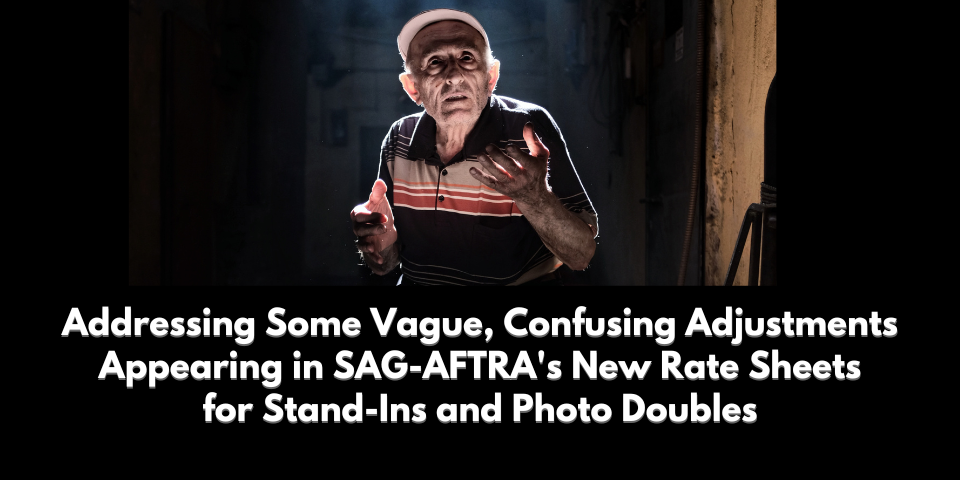
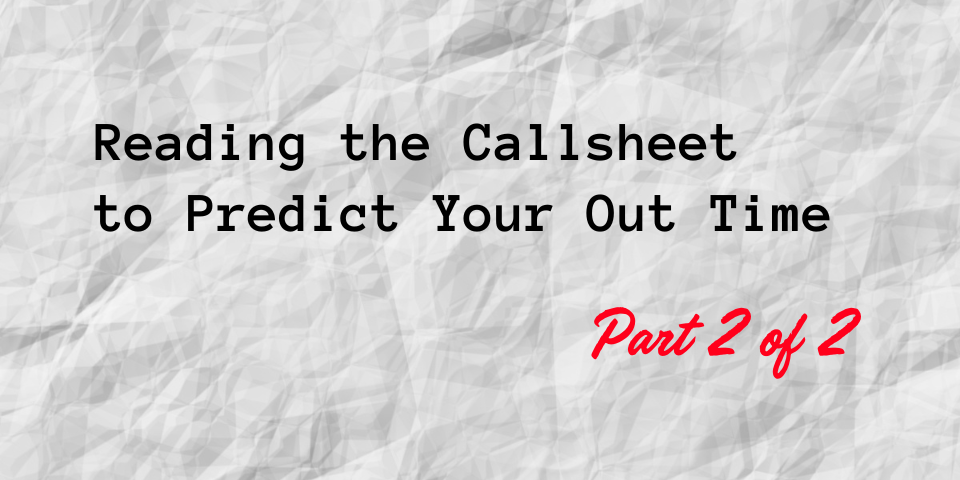
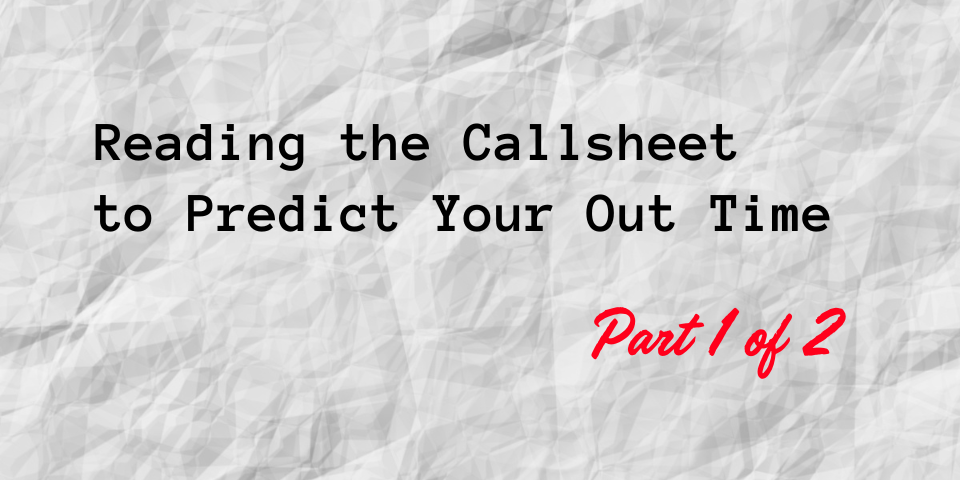
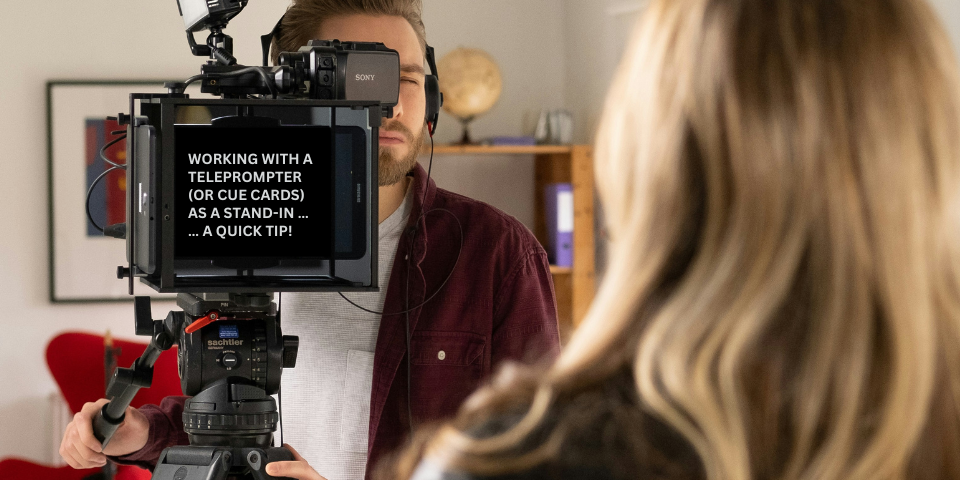
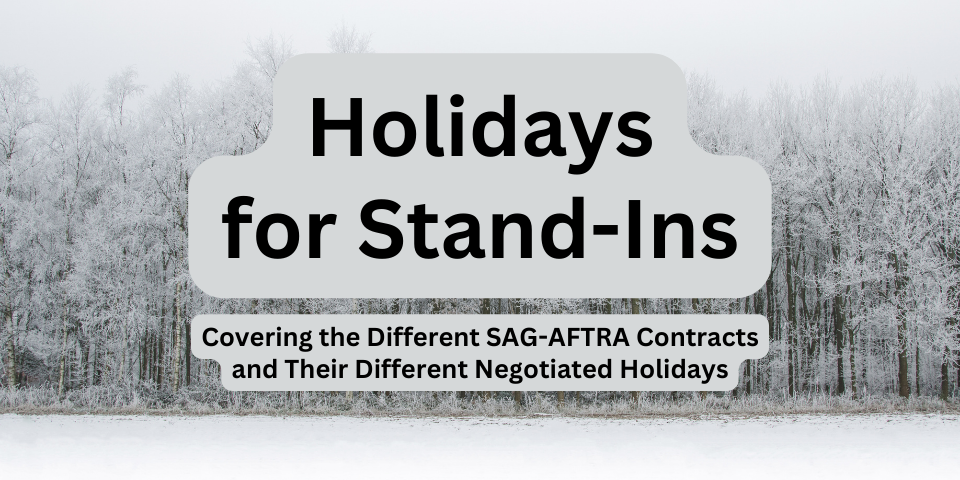

I’ve been a full-time stand-in on a network TV show for several years now, and goodness, how frustrating it is to find out that the rehearsal bump doesn’t apply because we aren’t considered a “multi-camera” show. I agree that this new contract doesn’t seem to help stand-ins across the board, but very few and select circumstances. Thanks for the informative article!